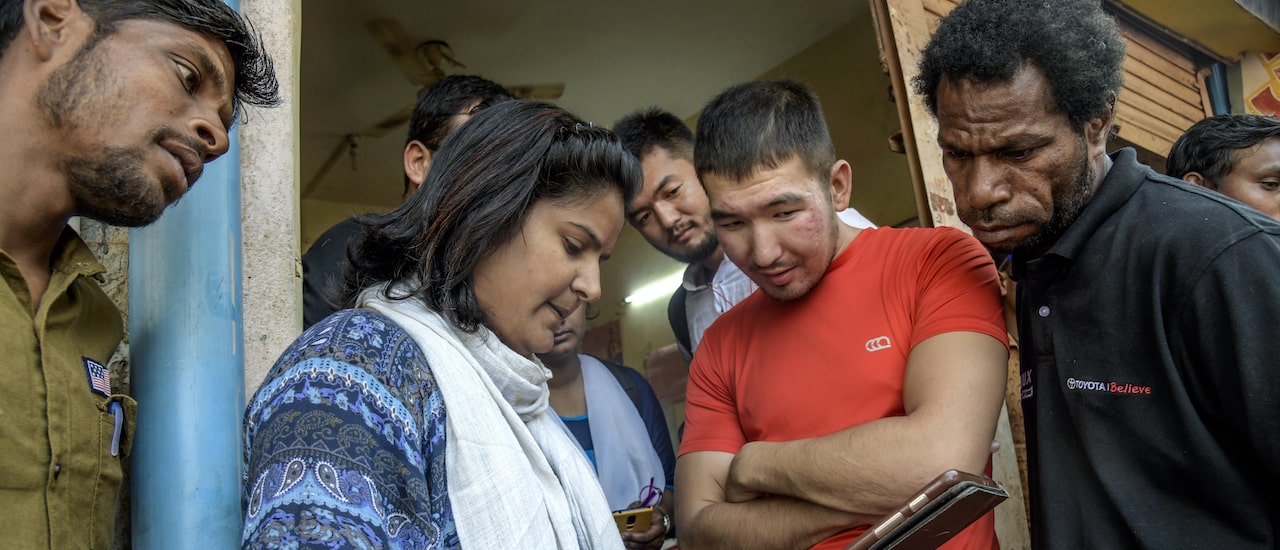In July 2020, the Internet Society organized the webinar “How Community Networks are helping during COVID-19.”
We are halfway through this unprecedented year in which COVID-19 continues to cause disruptions and confusion in many areas of our lives. What is clear though, is the recognition of the Internet as a lifeline for us – for communicating with family members and health workers, accessing essential services, and participating in online learning and remote work.
But what about those who don’t have it?
The panel was an opportunity to show that there are solutions out there. To get to them will take strong communities driven by the understanding that everyone can make a difference.
The discussions of July’s webinar got to the heart of this.
The panelists shared stories and videos of the community networks they have helped to build in remote villages where underserved Indigenous tribes live. We heard the story of one Indigenous tribe located in the southern part of West Java in Indonesia, who set up a wireless network for their community. It helped them find jobs and increase their income, as well as access health information, learning resources, and government services.
In India, an Indigenous tribe of 2,000 people in Maharashtra gained access in December 2019 to the mobile network and the Internet through a community network. Gram Marg, an organization focused on empowering rural India digitally, helped build it. In the past, the Indigenous villagers had to walk 12km for banking services. But with connectivity and the appointment and training of a woman “banking correspondent” in the village who can provide banking services through a smartphone, there is a new lifeline for the community. With lockdown imposed by the government and roads closed, the villagers have depended on the banking correspondent for banking and government services. Connectivity has also enabled mothers to talk to doctors and nutritionists, using a toll-free number set up by the Spoken Tutorial Project, can provide advice about nutrition for mothers and children.
Emphasized throughout the webinar was the importance of community empowerment. Community networks are not just about establishing an Internet connection. It is more about the communities and how the Internet can help them fulfill their needs. In both community networks in India and Indonesia, the Indigenous tribes have used the Internet to preserve and share their culture, local knowledge, and agricultural practices.
It was also clear throughout the webinar that COVID-19 has exposed the inequalities in Internet access and affordability. The reality is half the world’s population remains unconnected, and trends are showing a slowdown in the rate at which people are coming online. This is partly because many of the unconnected live in remote, hard-to-reach areas that are not economically viable for traditional solutions.
While community networks offer an essential and complementary solution to connect to the Internet, there continue to be many challenges to building them. The policy and regulatory environment often poses the greatest challenge – things such as high fees and unrealistic requirements for licensing and permits to build a community network.
In Indonesia, with thousands of islands and varying local policies and rules, it is a challenge navigating the policy and regulatory system to legally establish and operate community networks. Currently, a mapping of the regulatory and policy system is being carried out and a series of workshops and training courses are being planned to bring together those engaged in community networks development in Indonesia to look at different business models and practices, and learn from each other about ways to sustain and grow the community networks.
If you missed the event, you can watch the recording on Livestream and Periscope.
For those who are interested in getting involved in setting up or promoting community networks please get in touch.
Image of Community Network Champs at a training center near Guna, India ©Atul Loke/Panos Pictures/Internet Society

